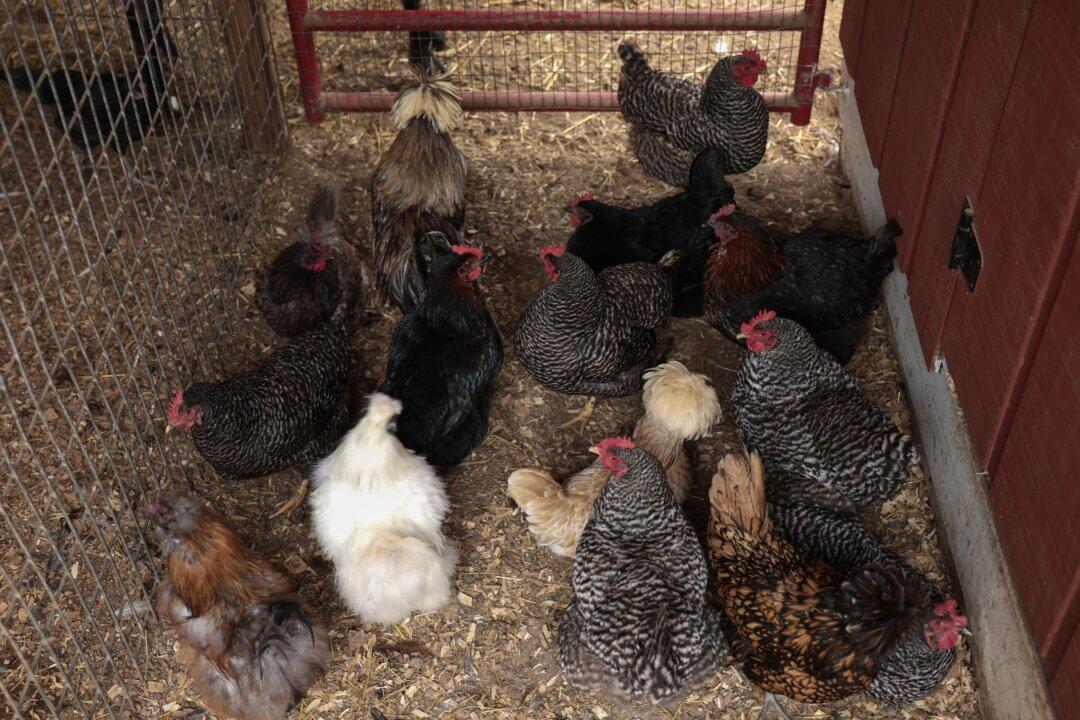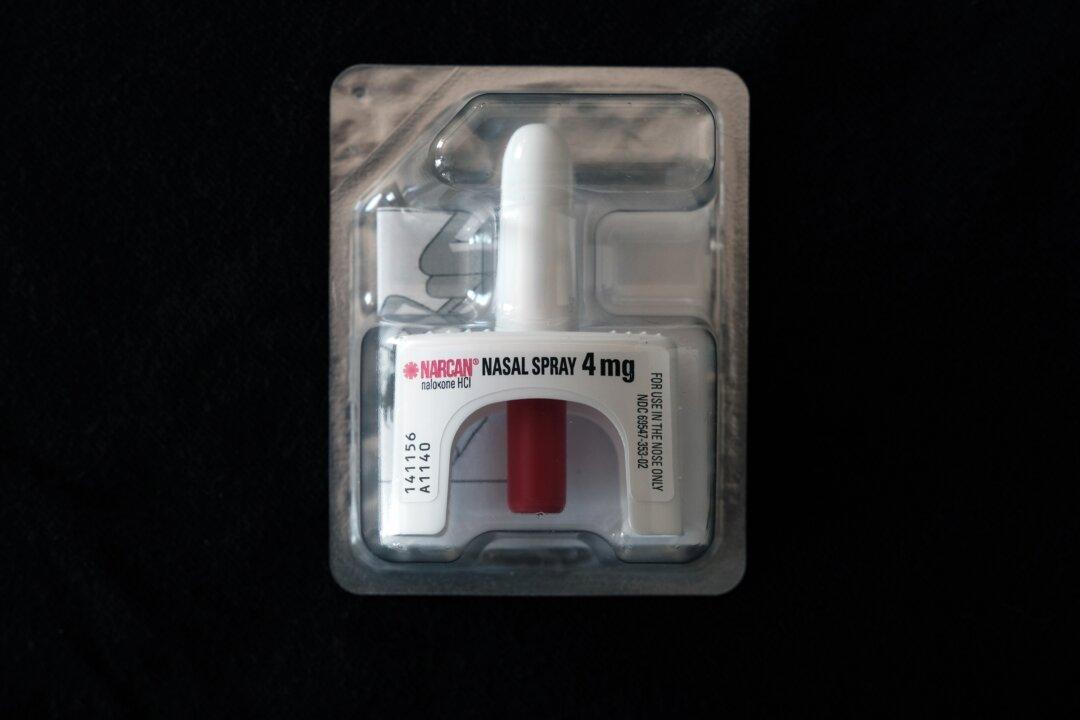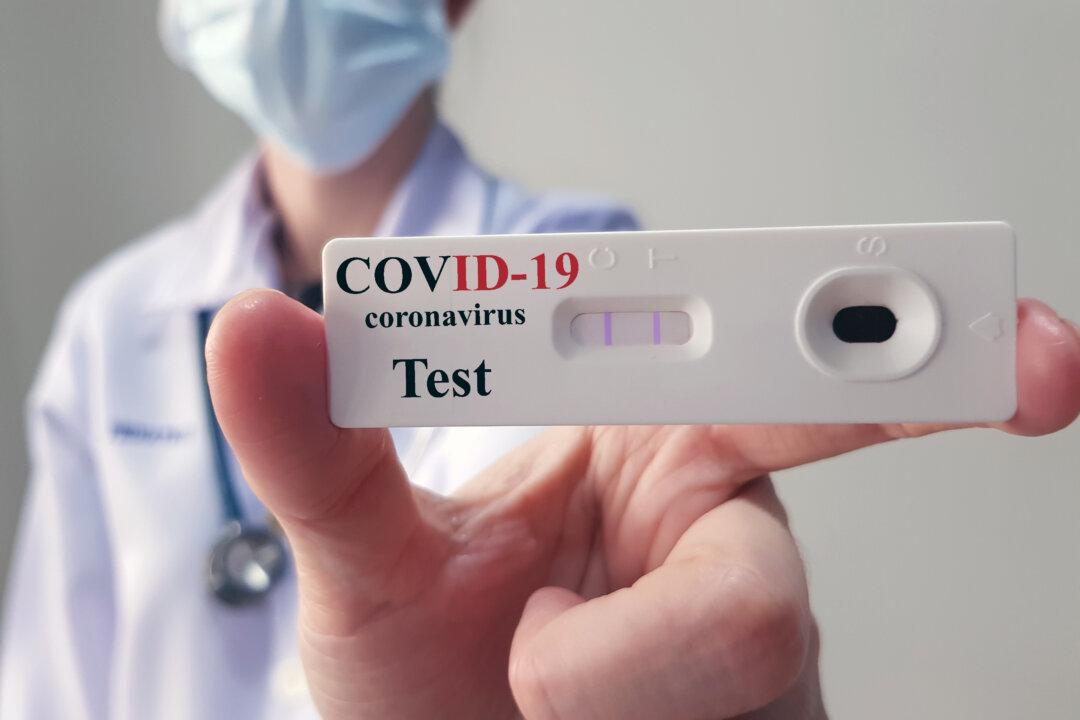Consumers have no health risk of getting avian flu if they eat poultry, but producers are anxious about the virus killing flocks and causing shortages and price increases.
According to the U.S. Department of Agriculture, Missouri is one of 13 states with commercial and backyard poultry flocks reporting infections with the highly pathogenic avian influenza A (HPAI). The Missouri Department of Agriculture (MDA) reported cases of HPAI in Stoddard, Bates, Jasper and Lawrence counties between March 3–9. Taiwan is temporarily banning imported poultry and beef products from Missouri and 11 other states, according to U.S. Department of Agriculture.





